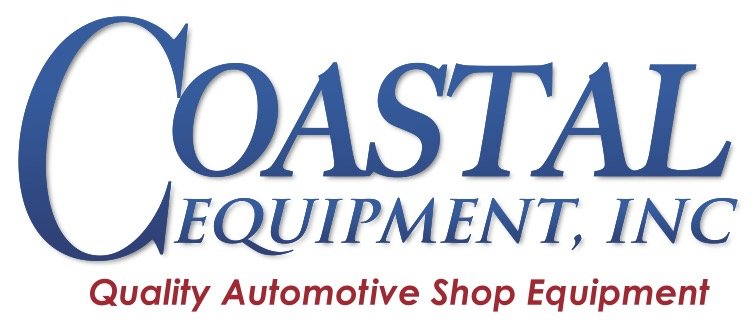In the rapidly evolving automotive industry, Advanced Driver Assistance Systems (ADAS) have become a game-changer. These systems, designed to enhance vehicle safety and driving comfort, rely on a network of sensors, cameras, and radar technologies. As ADAS becomes a standard feature in modern vehicles, understanding the intricacies of ADAS calibration has become crucial for anyone involved in vehicle maintenance and repair.
What Is ADAS and Why Is Calibration Important?
ADAS includes features like lane-keeping assist, adaptive cruise control, automatic emergency braking, and blind-spot monitoring. These systems rely on accurate data to function properly. A misaligned camera or sensor could lead to incorrect readings, potentially compromising vehicle safety and performance.
Calibration ensures that all sensors and cameras are precisely aligned to the manufacturer’s specifications. This process often requires specialized equipment to achieve the level of precision necessary for these systems to operate effectively. Whether it’s adjusting the angles of a forward-facing camera or recalibrating a radar sensor after a windshield replacement, the importance of precise alignment cannot be overstated.
The Role of Equipment in ADAS Calibration
Choosing the right alignment equipment is vital for achieving successful ADAS calibration. Here’s why:
- Accuracy: Modern ADAS systems operate on razor-thin tolerances. Alignment tools equipped with advanced measurement capabilities ensure sensors and cameras are aligned to exact specifications.
- Compatibility: Different manufacturers use different ADAS technologies. Investing in equipment compatible with a wide range of makes and models ensures that your shop can handle diverse calibration needs.
- Efficiency: High-quality alignment equipment reduces the time it takes to perform calibrations, increasing your shop’s throughput and profitability.
- Future-Proofing: As ADAS technologies continue to evolve, equipment that supports software updates or modular enhancements can save significant costs in the long term.
Key Features to Look for in ADAS Calibration Equipment
When selecting calibration equipment, consider the following features:
- High-Resolution Cameras and Sensors: Precision is key in ADAS calibration, and high-resolution tools can capture minute details for accurate alignment.
- Digital Interface: User-friendly software that provides clear instructions and diagnostics can streamline the calibration process.
- Portability and Flexibility: Equipment that’s easy to transport and adaptable to different workshop setups is a practical choice.
- Manufacturer Certification: Ensure the equipment is certified or approved by major vehicle manufacturers for compatibility and reliability.
Why Precision Matters in Equipment Choices
The success of ADAS calibration hinges on precision. Misaligned systems can lead to malfunctions that compromise driver safety, such as delayed emergency braking or inaccurate lane-keeping assistance. For repair shops and service providers, investing in top-tier calibration equipment is not just about meeting industry standards—it’s about ensuring customer trust and safety.
Coastal Equipment Inc.: Your Partner in ADAS Calibration
At Coastal Equipment Inc., we understand the critical role that alignment equipment plays in ADAS calibration. Our range of state-of-the-art calibration tools is designed to meet the demands of modern workshops. With our expertise, you can ensure that your customers’ vehicles are calibrated to perfection, enhancing safety and performance.
As ADAS technology continues to reshape the automotive landscape, staying ahead requires the right tools and knowledge. Trust Coastal Equipment Inc. to provide the solutions you need to succeed in this new era of vehicle safety and innovation.
